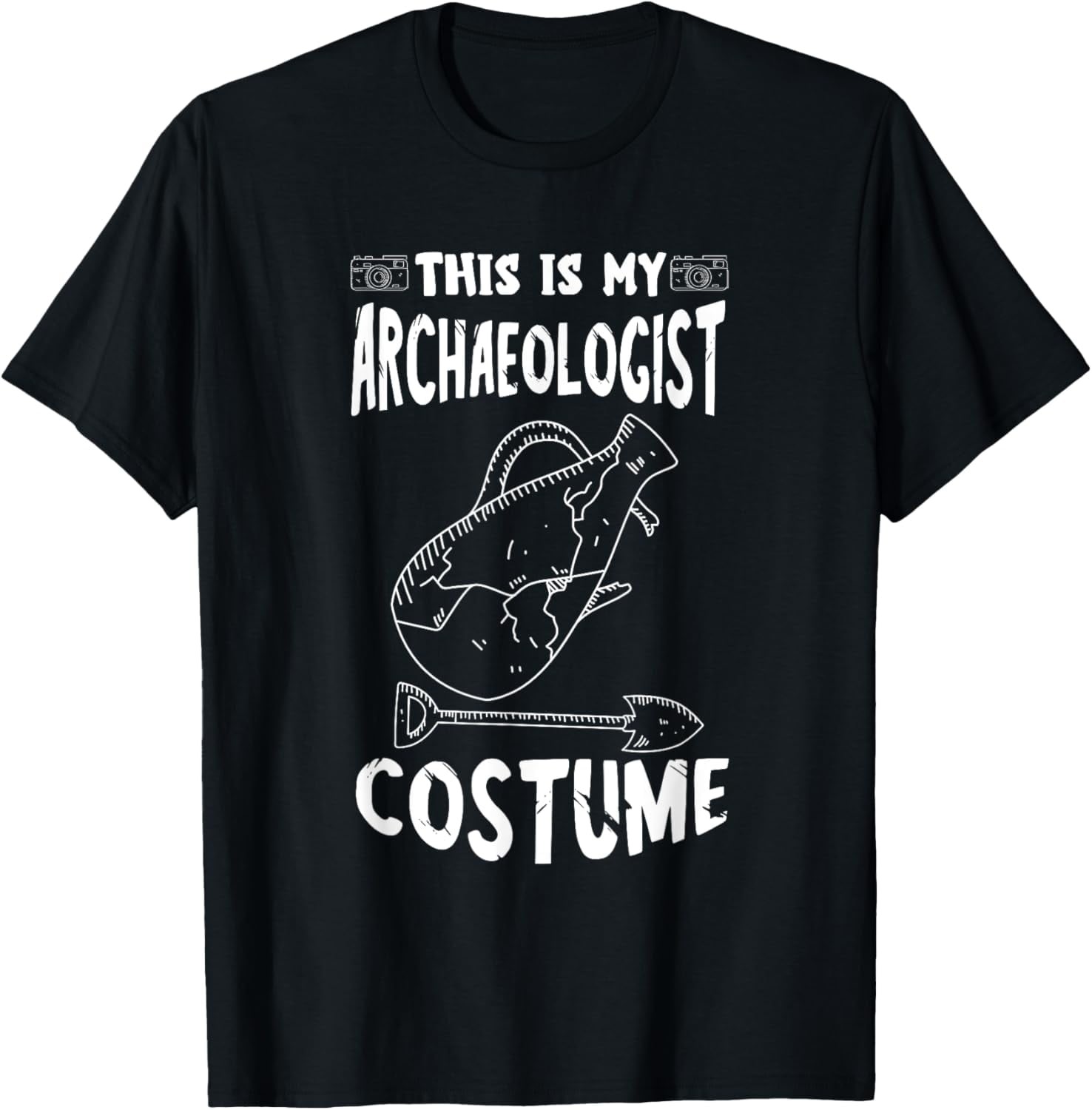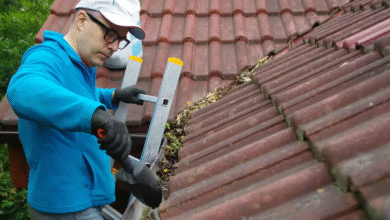Costume Archaeology: What Thrift Store Finds Reveal About Trends

Every abandoned prom dress tells a story. Every outdated superhero costume marks a moment in pop culture history. The dusty racks of thrift stores and vintage shops aren’t just repositories of unwanted clothing – they’re archaeological sites containing the material culture of our recent past, offering unprecedented insights into the evolution of fashion, social trends, and collective identity through the lens of costumes.
The Democratic Archive of Popular Culture
Unlike high fashion, which is carefully documented and preserved in museums, costume culture exists in a more democratic space. It reflects not just what designers intended, but what ordinary people actually chose to wear, adapt, and discard. This makes thrift store costume findings particularly valuable as cultural artifacts, representing authentic expressions of popular taste rather than aspirational ideals.
The stratification of thrift store inventory follows predictable patterns that mirror broader cultural cycles. Currently, the resurgence of 1990s fashion has created a treasure hunting phenomenon around that decade’s costume aesthetics. The slip dresses that defined minimalist chic, the chunky platform shoes that elevated grunge, and the metallic fabrics that dominated millennium celebrations are experiencing renewed demand. But these items tell more complex stories than simple fashion revival – they reveal how different generations interpret and recontextualize past aesthetics.
Costume Evolution as Cultural Mirror
Halloween costumes provide particularly rich archaeological evidence because they represent distilled cultural moments. The evolution of witch costumes, for example, traces broader changes in how we conceptualize female power and sexuality. The pointed hats and warty noses of mid-20th century witch costumes reflected fairy tale traditions and religious anxieties. By the 1980s, witch costumes had become more glamorous, incorporating elements of gothic fashion and New Age spirituality. Today’s witch costumes often blend historical accuracy with modern feminism, reflecting contemporary movements that reclaim witch imagery as empowerment rather than persecution.
Superhero costume evolution provides another fascinating lens into cultural values and technological change. The homemade Superman costumes from the 1970s, often constructed from simple blue fabric with hand-drawn logos, reflect a time when costume-making was primarily a domestic craft. The mass-produced plastic Batman costumes of the 1980s coincide with the commercialization of comic culture and the rise of licensed merchandise. Today’s elaborate cosplay finds in thrift stores reveal the influence of internet communities and the elevation of costume-making to high art.
Material Culture and Technological Progress
The materials themselves tell stories of technological and economic change. The shift from natural fibers to synthetic materials in costume construction reflects post-war industrial development and changing manufacturing economics. The introduction of stretch fabrics revolutionized costume fit and comfort. The appearance of LED lighting elements in costumes marks the integration of consumer electronics into fashion. Each material innovation leaves its mark in the archaeological record of discarded costumes.
Gender presentations in vintage costumes reveal evolving social attitudes with particular clarity. Children’s costumes from the 1950s show rigid gender segregation – boys’ costumes focused exclusively on action heroes, professions, and adventure roles, while girls’ options centered on princesses, brides, and domestic roles. The gradual appearance of cross-gender costume options through subsequent decades maps onto broader civil rights movements and changing family structures.
Professional Research Applications
Professional costume designers and theater historians have begun to recognize thrift stores as invaluable research resources. Period-accurate garments that would cost thousands to reproduce can sometimes be found for dollars, providing authentic textures, construction techniques, and wear patterns that inform historical productions. The way vintage costumes have aged also provides crucial information about durability and maintenance that influences modern reproduction choices.
Geographic and Regional Variations
Regional variations in thrift store costume finds reveal geographic cultural differences that persist despite media globalization. Rural thrift stores often contain more homemade costumes, reflecting traditions of domestic craftsmanship and resource conservation. Urban locations show greater diversity and trendiness, but also more rapidly discarded items reflecting faster fashion cycles. Coastal areas often contain more maritime-themed costumes, while inland regions show preferences for western and agricultural themes.
The phenomenon of “costume tourism” – people traveling specifically to shop thrift stores in different regions – has created new forms of cultural exchange and documentation. Online communities dedicated to vintage costume finds have become informal museums, with members photographing and cataloging unusual discoveries. These digital archives are creating unprecedented documentation of everyday costume culture that would otherwise disappear without record.
Economic Cycles in the Archaeological Record
Economic cycles leave clear marks in the costume archaeological record. During recessions, thrift stores see increased donations of expensive costumes as people prioritize essentials, while simultaneously experiencing increased sales as budget-conscious shoppers seek affordable options. Conversely, economic boom periods show in the abundance of elaborate, single-use costumes that quickly find their way to secondhand markets.
The rise of fast fashion has dramatically altered the costume archaeological landscape. Mass-produced Halloween costumes now flood thrift stores each November, creating what researchers call “costume pollution” – an overwhelming volume of low-quality, disposable items that crowd out the unique, handmade pieces that previously dominated secondhand markets. This shift represents a fundamental change in how costume culture operates and what future archaeologists will find when examining early 21st-century material culture.
Digital Documentation and Pattern Recognition
Climate change awareness has also begun to influence costume archaeology. The growing movement toward sustainable fashion has increased interest in vintage costumes as environmentally responsible alternatives to new purchases. This has created a feedback loop where increased demand for vintage pieces has raised their value and encouraged better preservation of costume artifacts.
Digital documentation of thrift store costume finds has revealed patterns that individual shoppers might miss. Social media hashtags like #thriftstorefinds and #vintagecostume have created vast databases of found objects that researchers can analyze for trends. Machine learning algorithms trained on these images are beginning to identify patterns in style evolution, regional preferences, and cultural influences that would be impossible to detect through traditional research methods.
The Pandemic as Archaeological Moment
The COVID-19 pandemic created a unique archaeological moment in costume culture. The cancellation of major costume events in 2020 and 2021 led to massive donations of unused costumes to thrift stores, creating time-capsule collections that preserve specific moments in preparation for celebrations that never occurred. These pandemic-era deposits will likely prove invaluable to future cultural historians studying this period.
As we continue to excavate the recent past through thrift store exploration, we’re building a more complete picture of how costume culture functions as both individual expression and collective memory. Each rescued garment represents not just personal history, but participation in broader cultural movements, technological developments, and social changes. The next time you browse a thrift store’s costume section, remember – you’re not just shopping, you’re conducting archaeology.d what future archaeologists will find when examining early 21st-century material culture.
Climate change awareness has also begun to influence costume archaeology. The growing movement toward sustainable fashion has increased interest in vintage costumes as environmentally responsible alternatives to new purchases. This has created a feedback loop where increased demand for vintage pieces has raised their value and encouraged better preservation of costume artifacts.
Digital documentation of thrift store costume finds has revealed patterns that individual shoppers might miss. Social media hashtags like #thriftstorefinds and #vintagecostume have created vast databases of found objects that researchers can analyze for trends. Machine learning algorithms trained on these images are beginning to identify patterns in style evolution, regional preferences, and cultural influences that would be impossible to detect through traditional research methods.
The COVID-19 pandemic created a unique archaeological moment in costume culture. The cancellation of major costume events in 2020 and 2021 led to massive donations of unused costumes to thrift stores, creating time-capsule collections that preserve specific moments in preparation for celebrations that never occurred. These pandemic-era deposits will likely prove invaluable to future cultural historians studying this period.
As we continue to excavate the recent past through thrift store exploration, we’re building a more complete picture of how costume culture functions as both individual expression and collective memory. Each rescued garment represents not just personal history, but participation in broader cultural movements, technological developments, and social changes. The next time you browse a thrift store’s costume section, remember – you’re not just shopping, you’re conducting archaeology.



